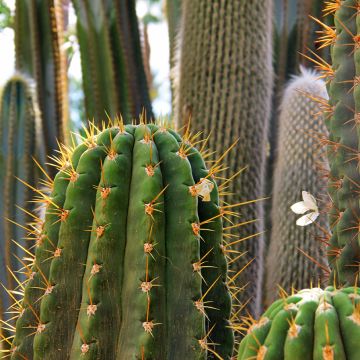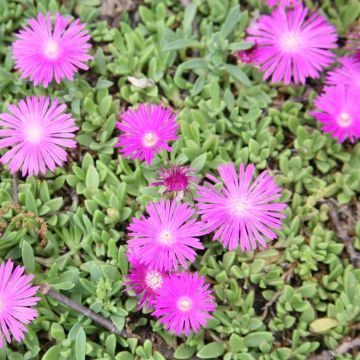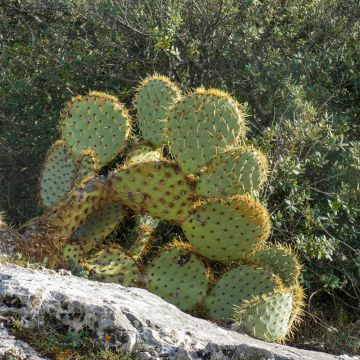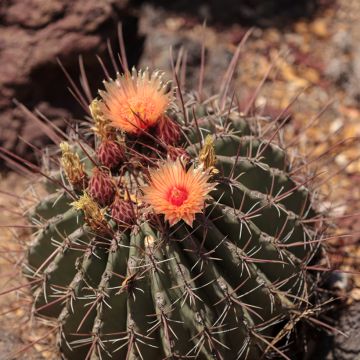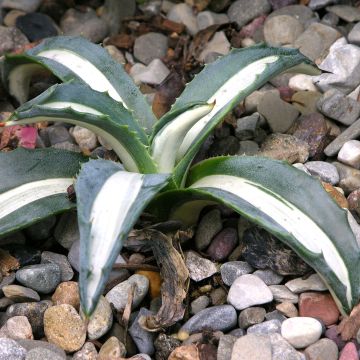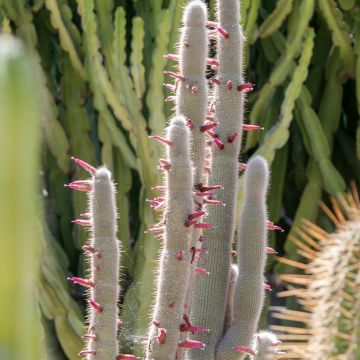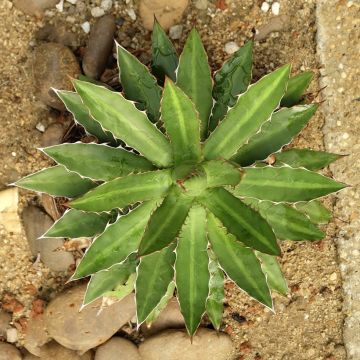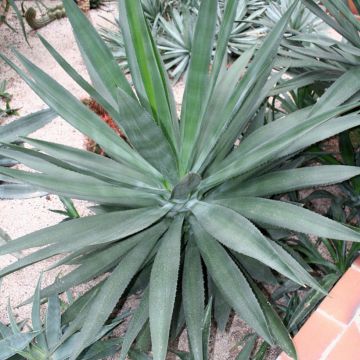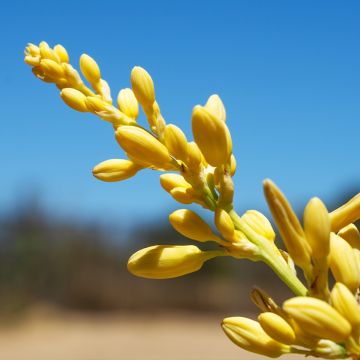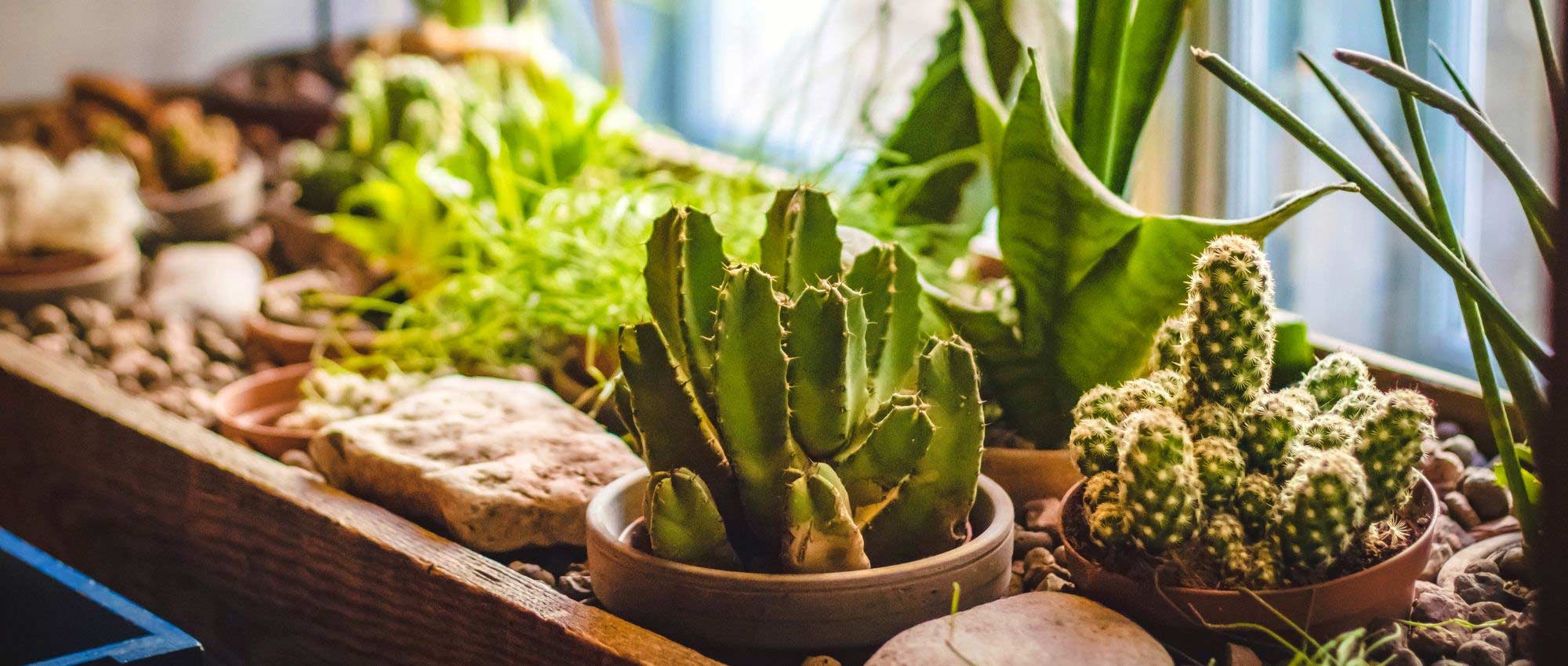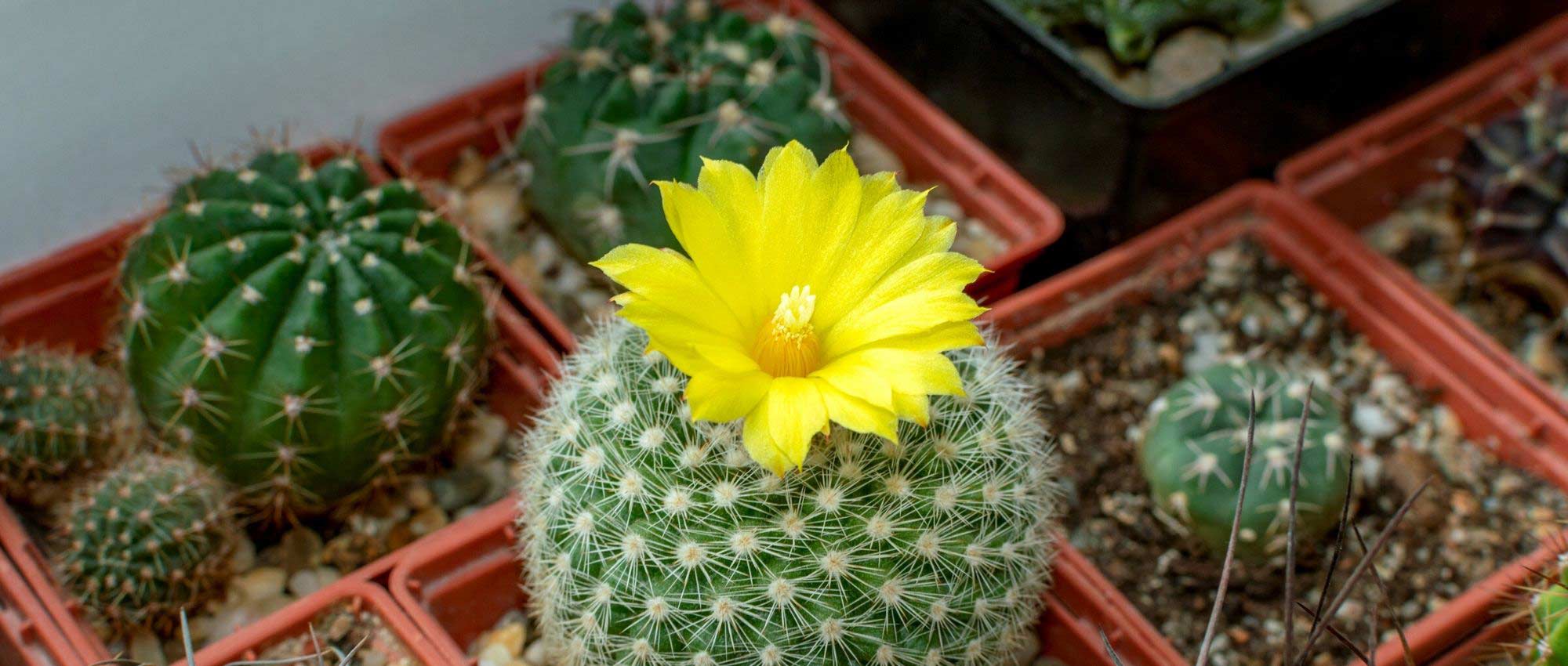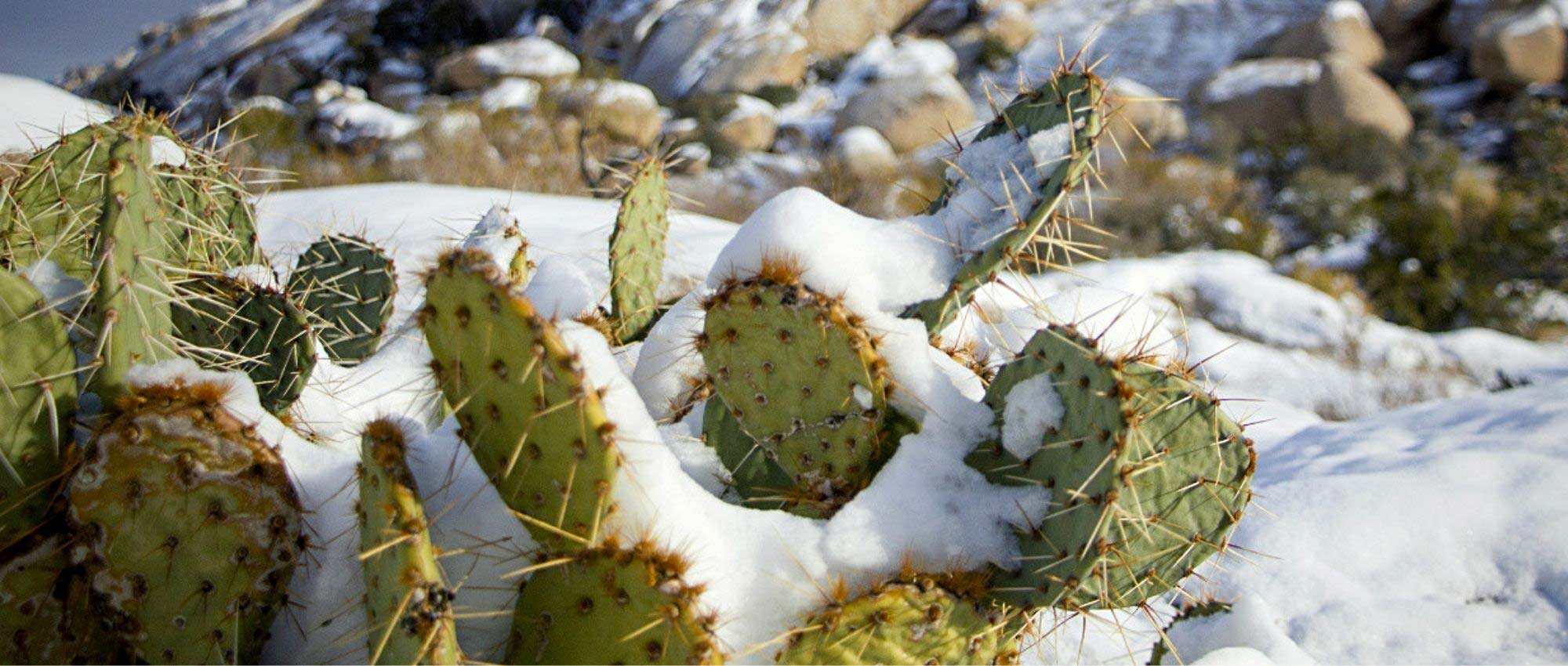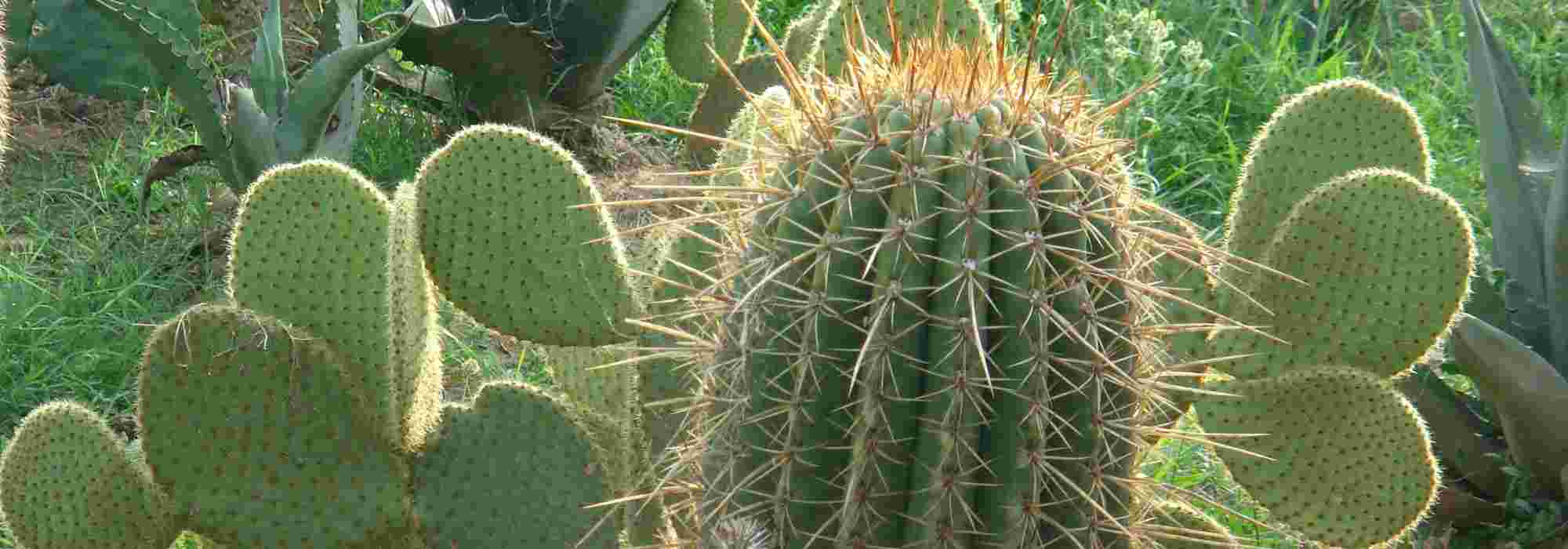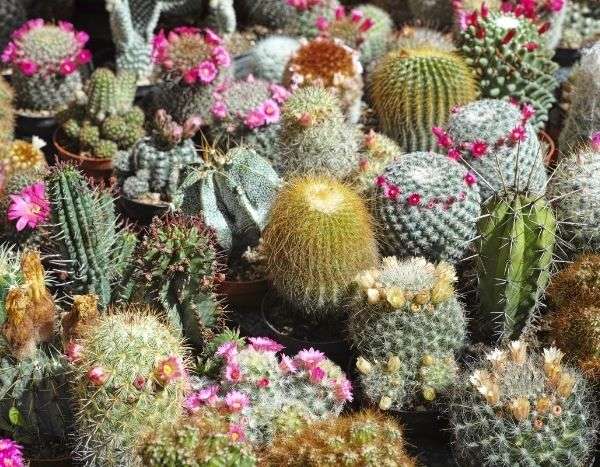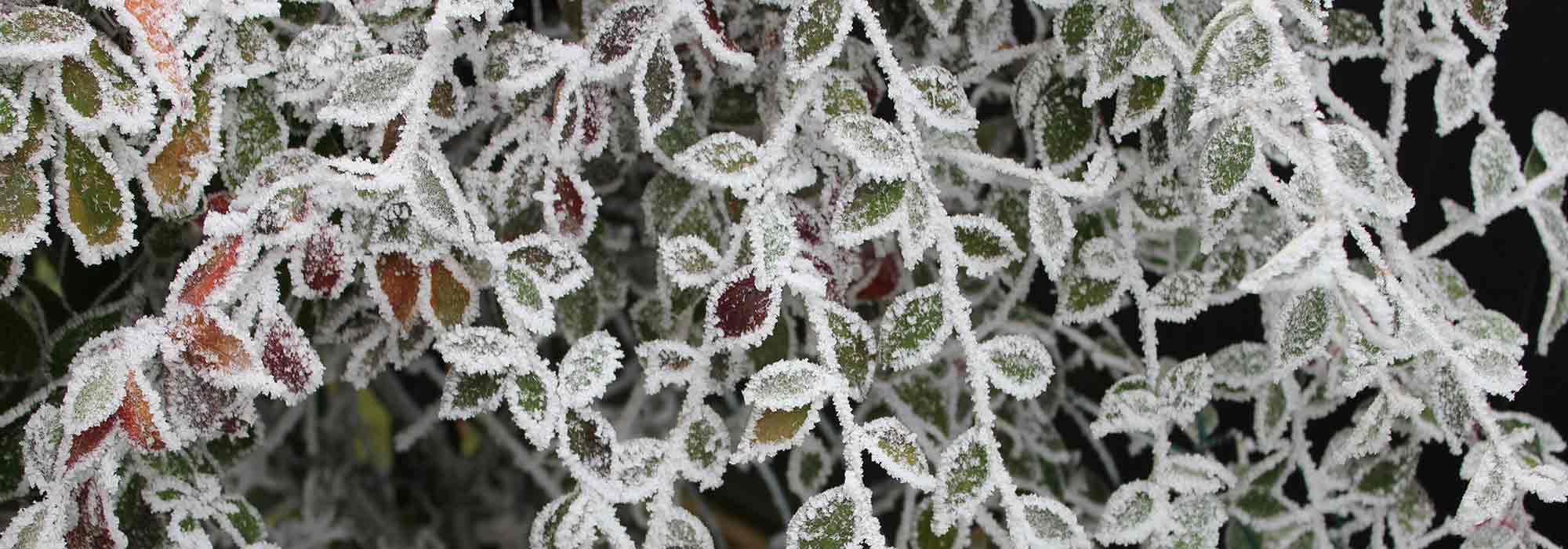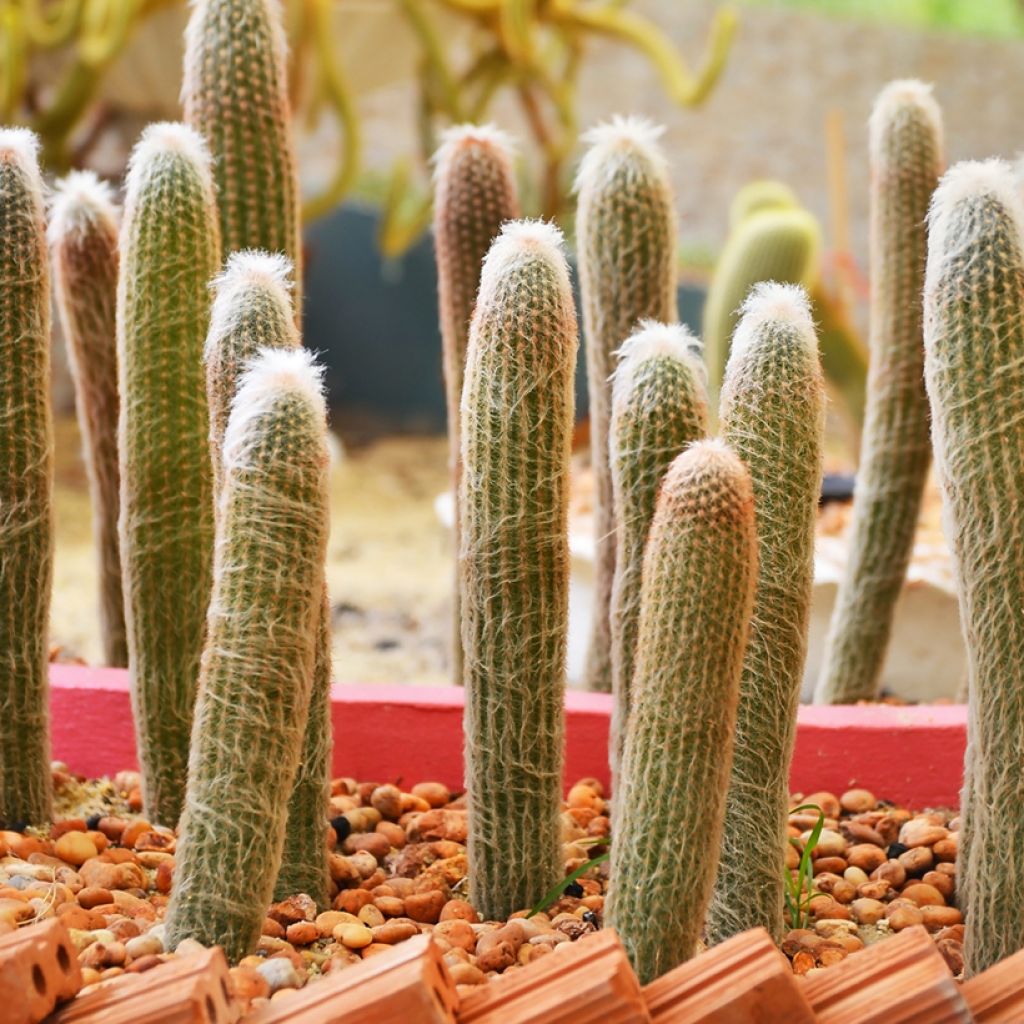

Espostoa churinensis - Cactus
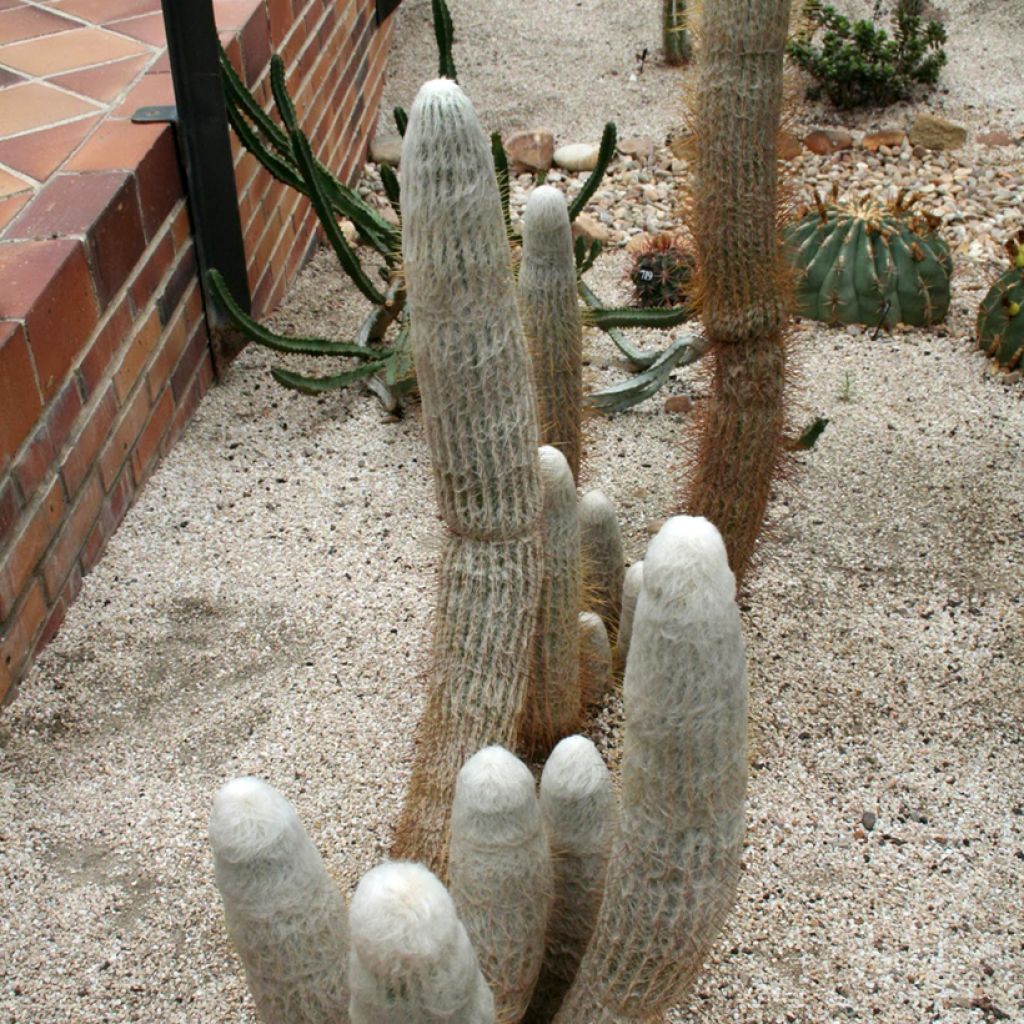

Espostoa churinensis - Cactus
Espostoa churinensis - Cactus
Espostoa churinensis
Special offer!
Receive a €20 voucher for any order over €90 (excluding delivery costs, credit notes, and plastic-free options)!
1- Add your favorite plants to your cart.
2- Once you have reached €90, confirm your order (you can even choose the delivery date!).
3- As soon as your order is shipped, you will receive an email containing your voucher code, valid for 3 months (90 days).
Your voucher is unique and can only be used once, for any order with a minimum value of €20, excluding delivery costs.
Can be combined with other current offers, non-divisible and non-refundable.
Home or relay delivery (depending on size and destination)
Schedule delivery date,
and select date in basket
This plant carries a 30 days recovery warranty
More information
We guarantee the quality of our plants for a full growing cycle, and will replace at our expense any plant that fails to recover under normal climatic and planting conditions.
Description
Espostoa churinensis is a species of columnar cactus native to Peru and Ecuador. It is a columnar cactus, recognisable by its woolly appearance, which is due to a fine network of white bristles. When grown indoors, it can reach a height of 1.5 to 2 metres and a maximum width of 1.5 metres. It is important to note that its growth is relatively slow indoors, and these dimensions may take several years to achieve, depending on growing conditions. It is closely related to the species Espostoa lanata, from which it differs by having broader and taller, more hairy branches that branch out from the base. Initially columnar, it may later develop a tree-like form from its base. Not hardy, it should be grown in pots in a conservatory, in a very bright indoor setting, or in the ground, in rockeries or dry beds in frost-free gardens.
Espostoa churinensis is a cactus species native to the mountainous regions of Peru, particularly around Churín, at altitudes between 500 and 2,000 metres. It is well adapted to arid conditions and belongs to the Cactaceae family. This columnar cactus can reach a height of 7 metres in its natural habitat. Its cylindrical, 10 to 15 cm diameter stems are segmented into 20 to 25 shallow ribs, regularly lined with dense, woolly areoles. The most remarkable characteristic of this cactus is its covering of long white hairs, forming a protective woolly sheath that shields it from intense sunlight and the marked temperature fluctuations of its habitat. This white fleece, composed of fine trichomes, is particularly dense at the top of young stems. The areoles also bear yellow to brownish thorns, often hidden beneath the hair but clearly present under the protective layer. Espostoa churinensis begins to flower at maturity, usually after several years of growth. Its nocturnal white to cream flowers measure 5 to 6 cm long and bloom on a lateral cephalium, a woolly and thorny structure that appears on older stems. Flowering is followed by globose red to purple fruits, measuring 3 to 4 cm in diameter, containing a sweet pulp favoured by local wildlife. However, it is important to note that this species rarely flowers in cultivation. This cactus is perfectly adapted to the arid, rocky conditions of the Peruvian Andes, where it coexists with other species of cacti and xerophytic plants. It tolerates high daytime temperatures and cool nights, giving it great resistance to drought and thermal variations.
Indoors, Espostoa churinensis pairs well with other succulents of varied shapes and colours, such as Echeveria, Sedum, or Haworthia, in pots or planters. You can move your cactus outdoors during the warmer months, onto a balcony or into the garden, carefully selecting the most sheltered and sunny spot, alongside other cacti or columnar cacti to recreate a scene inspired by the vast, warm, arid landscapes of its native habitat.
Espostoa churinensis - Cactus in pictures
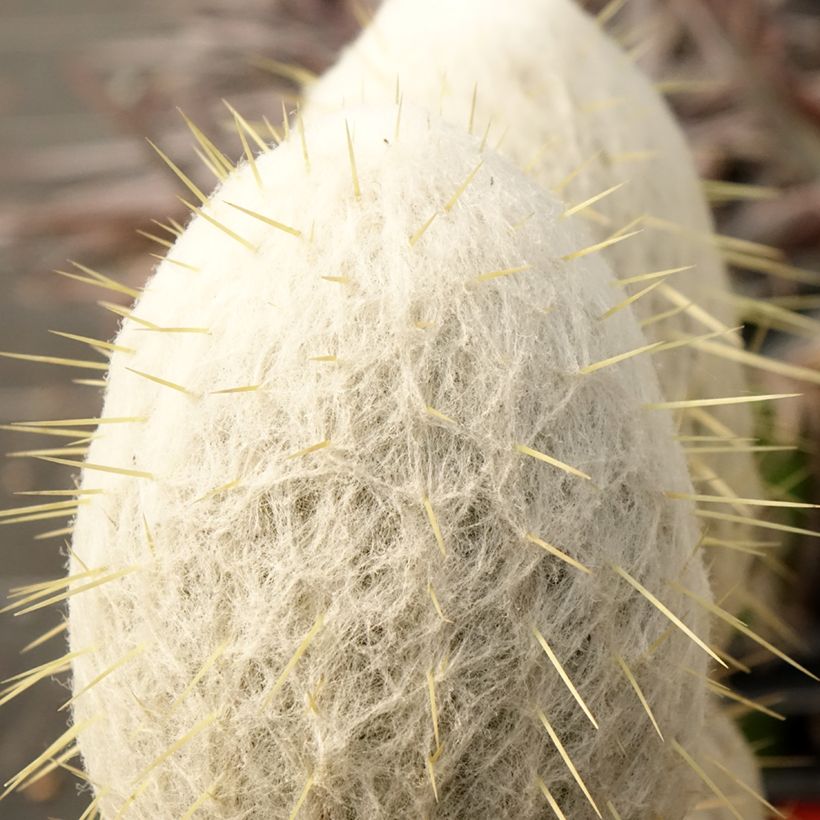



Foliage
Plant habit
Flowering
Botanical data
Espostoa
churinensis
Cactaceae
Andes Mountains
Safety measures
Other Cacti and succulents
View all →Location
Location
Maintenance and care
Watering tips
Potting advice, substrates and fertilisers
Houseplant care
Disease and pest advice
Maintenance and care
Planting & care advice
This item has not been reviewed yet - be the first to leave a review about it.
Haven't found what you were looking for?
Hardiness is the lowest winter temperature a plant can endure without suffering serious damage or even dying. However, hardiness is affected by location (a sheltered area, such as a patio), protection (winter cover) and soil type (hardiness is improved by well-drained soil).

Photo Sharing Terms & Conditions
In order to encourage gardeners to interact and share their experiences, Promesse de fleurs offers various media enabling content to be uploaded onto its Site - in particular via the ‘Photo sharing’ module.
The User agrees to refrain from:
- Posting any content that is illegal, prejudicial, insulting, racist, inciteful to hatred, revisionist, contrary to public decency, that infringes on privacy or on the privacy rights of third parties, in particular the publicity rights of persons and goods, intellectual property rights, or the right to privacy.
- Submitting content on behalf of a third party;
- Impersonate the identity of a third party and/or publish any personal information about a third party;
In general, the User undertakes to refrain from any unethical behaviour.
All Content (in particular text, comments, files, images, photos, videos, creative works, etc.), which may be subject to property or intellectual property rights, image or other private rights, shall remain the property of the User, subject to the limited rights granted by the terms of the licence granted by Promesse de fleurs as stated below. Users are at liberty to publish or not to publish such Content on the Site, notably via the ‘Photo Sharing’ facility, and accept that this Content shall be made public and freely accessible, notably on the Internet.
Users further acknowledge, undertake to have ,and guarantee that they hold all necessary rights and permissions to publish such material on the Site, in particular with regard to the legislation in force pertaining to any privacy, property, intellectual property, image, or contractual rights, or rights of any other nature. By publishing such Content on the Site, Users acknowledge accepting full liability as publishers of the Content within the meaning of the law, and grant Promesse de fleurs, free of charge, an inclusive, worldwide licence for the said Content for the entire duration of its publication, including all reproduction, representation, up/downloading, displaying, performing, transmission, and storage rights.
Users also grant permission for their name to be linked to the Content and accept that this link may not always be made available.
By engaging in posting material, Users consent to their Content becoming automatically accessible on the Internet, in particular on other sites and/or blogs and/or web pages of the Promesse de fleurs site, including in particular social pages and the Promesse de fleurs catalogue.
Users may secure the removal of entrusted content free of charge by issuing a simple request via our contact form.
The flowering period indicated on our website applies to countries and regions located in USDA zone 8 (France, the United Kingdom, Ireland, the Netherlands, etc.)
It will vary according to where you live:
- In zones 9 to 10 (Italy, Spain, Greece, etc.), flowering will occur about 2 to 4 weeks earlier.
- In zones 6 to 7 (Germany, Poland, Slovenia, and lower mountainous regions), flowering will be delayed by 2 to 3 weeks.
- In zone 5 (Central Europe, Scandinavia), blooming will be delayed by 3 to 5 weeks.
In temperate climates, pruning of spring-flowering shrubs (forsythia, spireas, etc.) should be done just after flowering.
Pruning of summer-flowering shrubs (Indian Lilac, Perovskia, etc.) can be done in winter or spring.
In cold regions as well as with frost-sensitive plants, avoid pruning too early when severe frosts may still occur.
The planting period indicated on our website applies to countries and regions located in USDA zone 8 (France, United Kingdom, Ireland, Netherlands).
It will vary according to where you live:
- In Mediterranean zones (Marseille, Madrid, Milan, etc.), autumn and winter are the best planting periods.
- In continental zones (Strasbourg, Munich, Vienna, etc.), delay planting by 2 to 3 weeks in spring and bring it forward by 2 to 4 weeks in autumn.
- In mountainous regions (the Alps, Pyrenees, Carpathians, etc.), it is best to plant in late spring (May-June) or late summer (August-September).
The harvesting period indicated on our website applies to countries and regions in USDA zone 8 (France, England, Ireland, the Netherlands).
In colder areas (Scandinavia, Poland, Austria...) fruit and vegetable harvests are likely to be delayed by 3-4 weeks.
In warmer areas (Italy, Spain, Greece, etc.), harvesting will probably take place earlier, depending on weather conditions.
The sowing periods indicated on our website apply to countries and regions within USDA Zone 8 (France, UK, Ireland, Netherlands).
In colder areas (Scandinavia, Poland, Austria...), delay any outdoor sowing by 3-4 weeks, or sow under glass.
In warmer climes (Italy, Spain, Greece, etc.), bring outdoor sowing forward by a few weeks.































